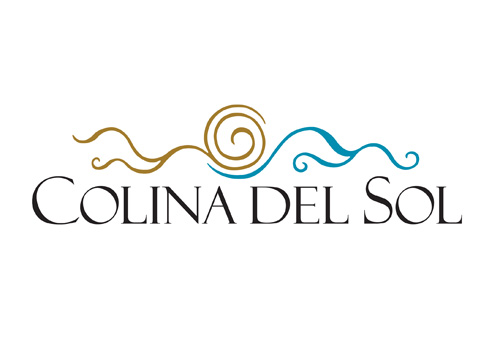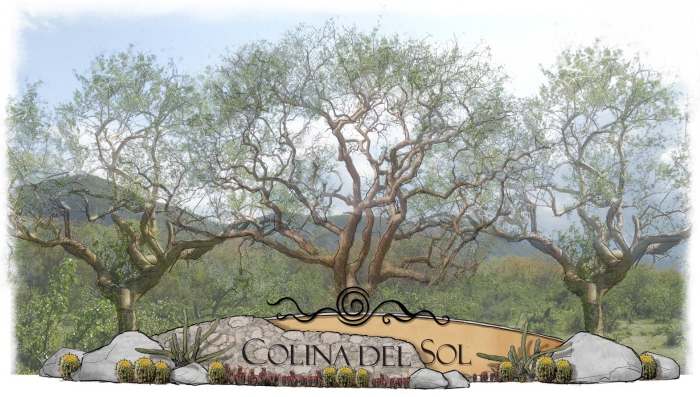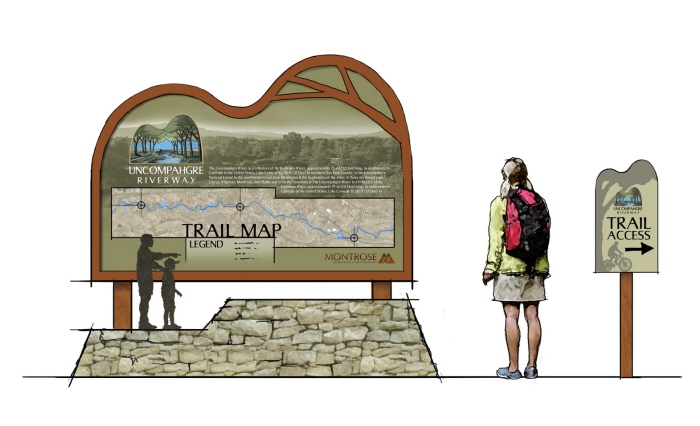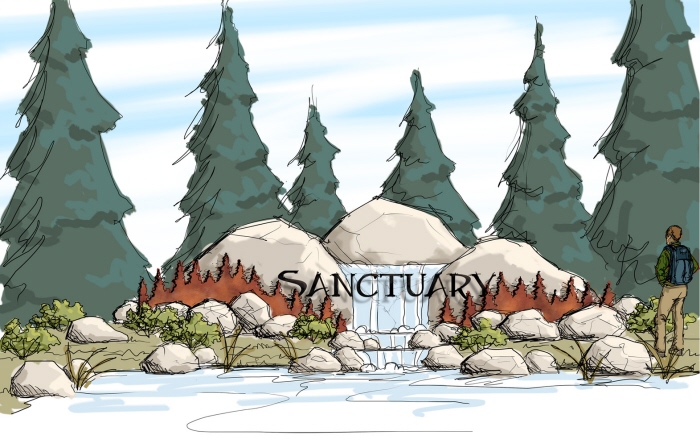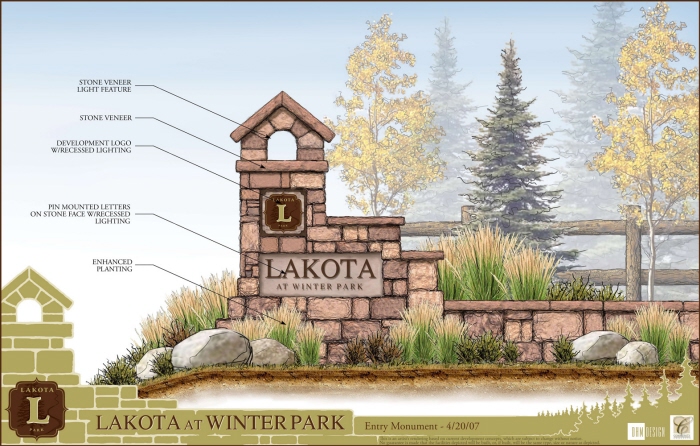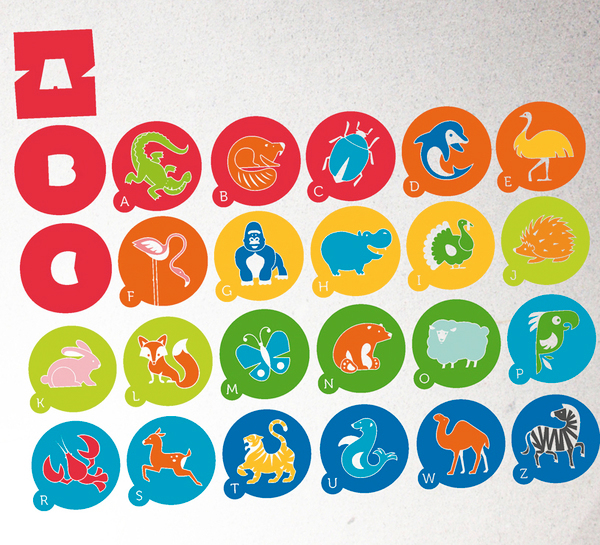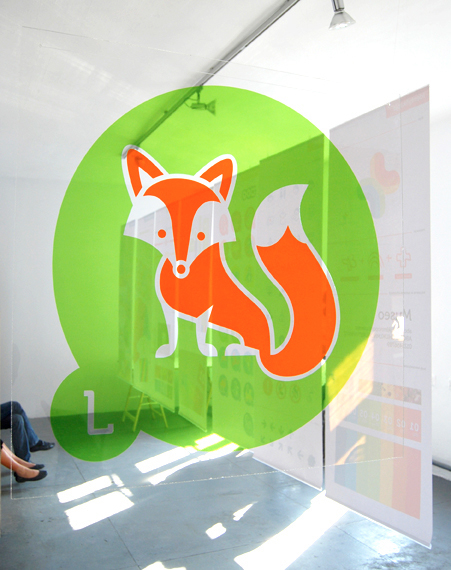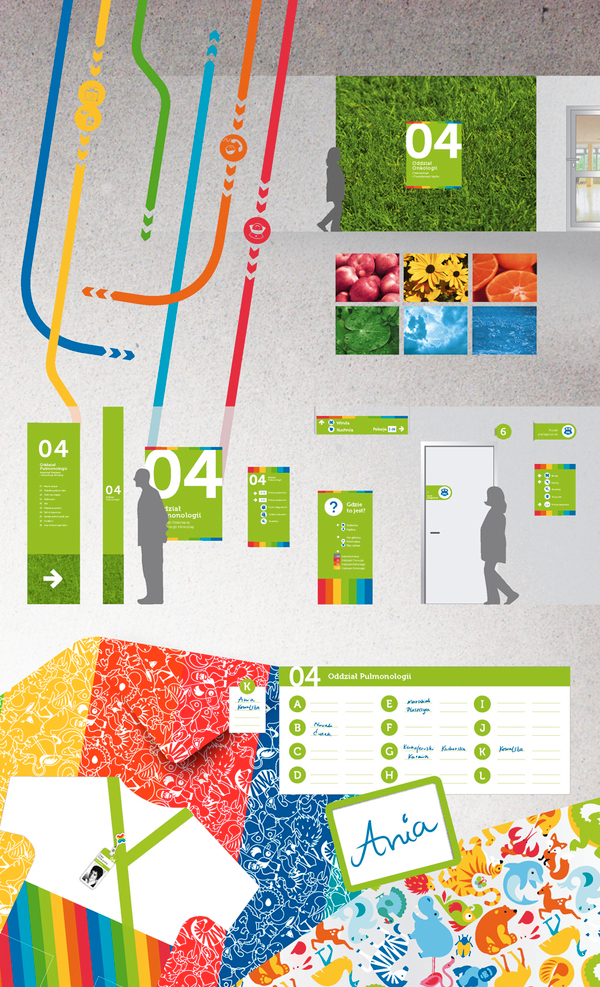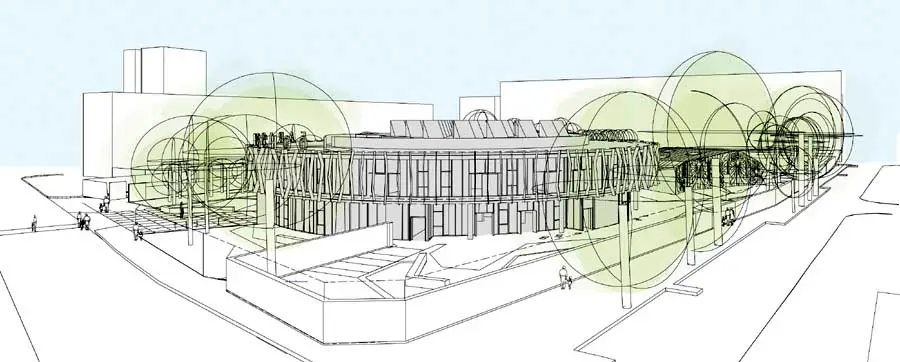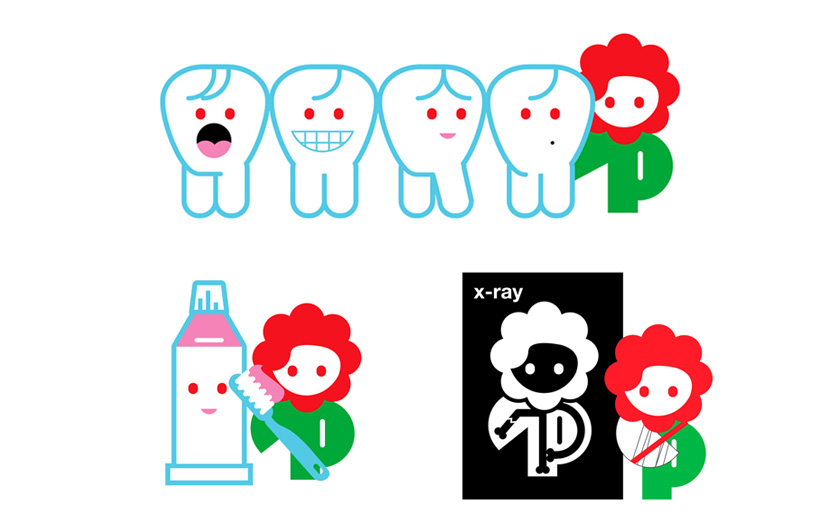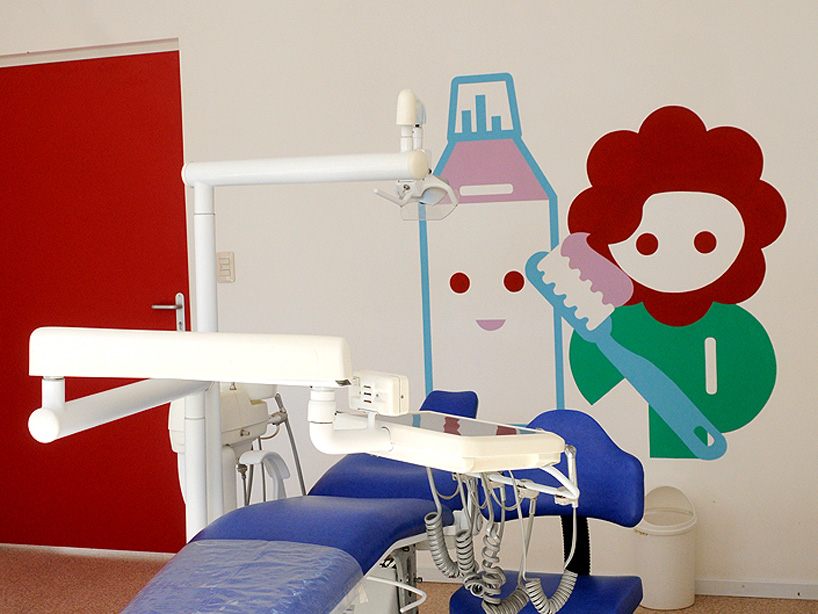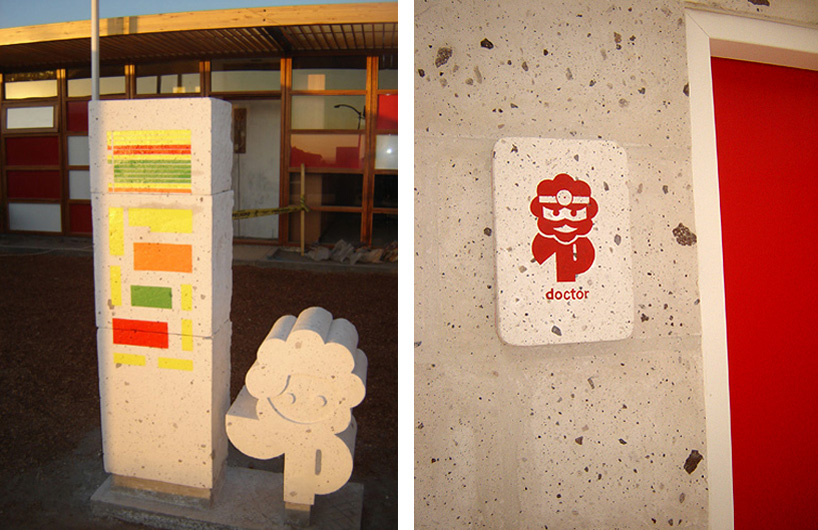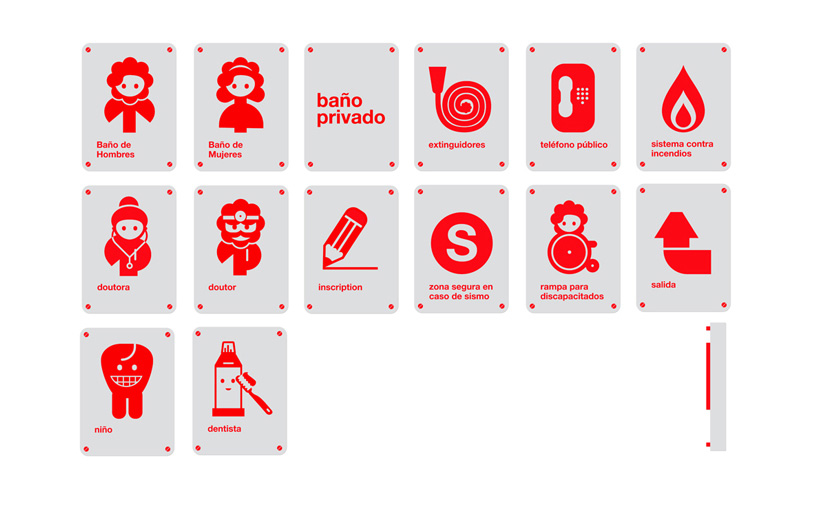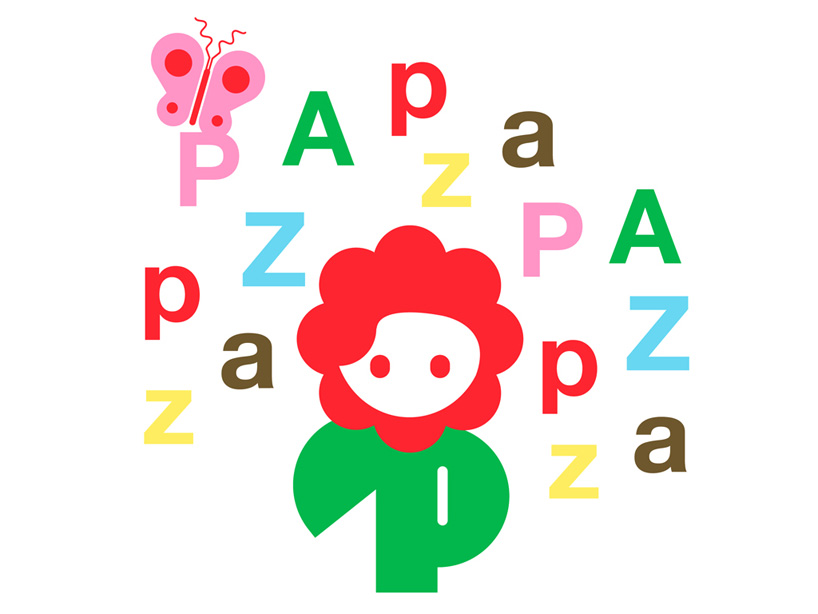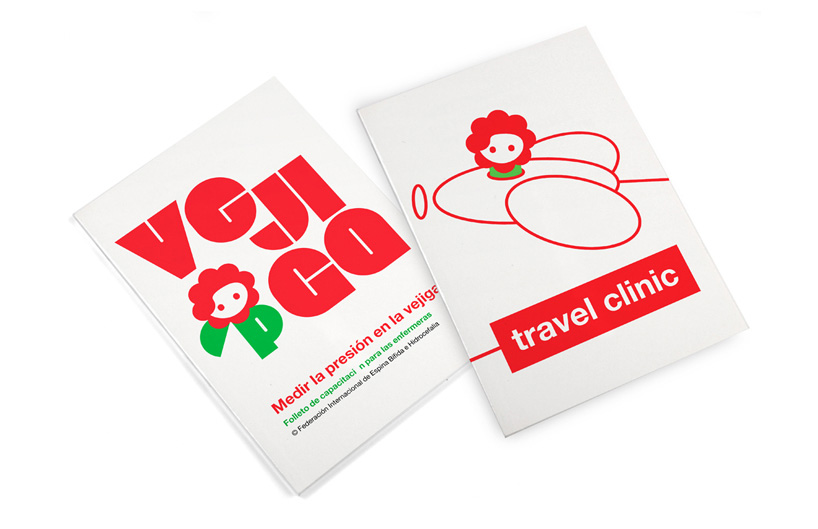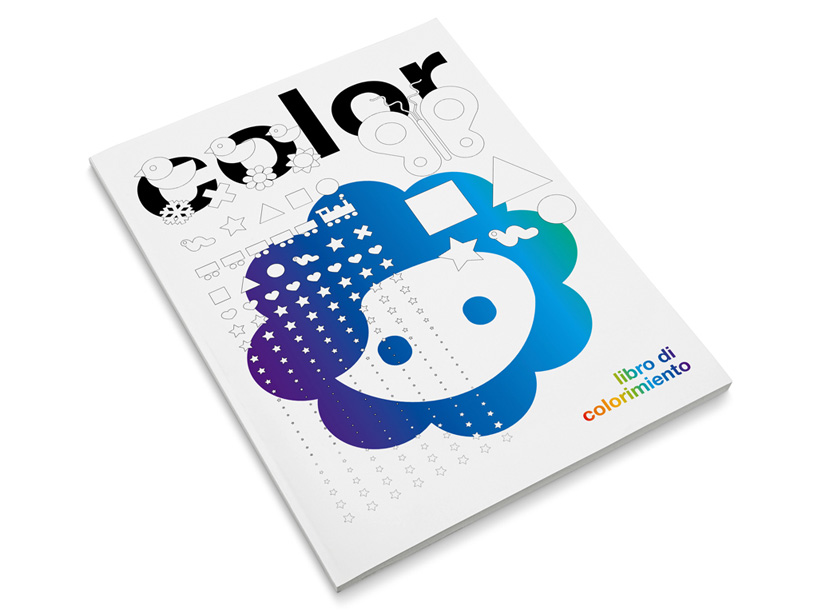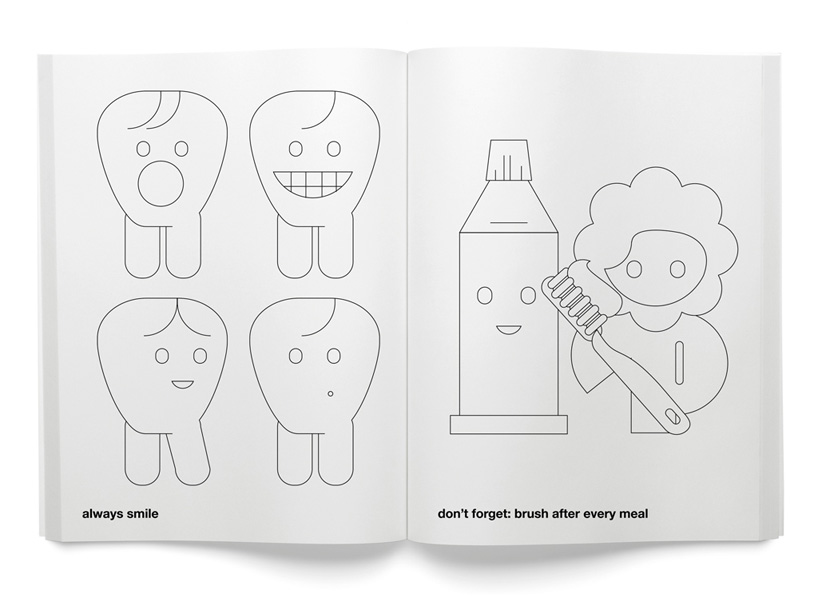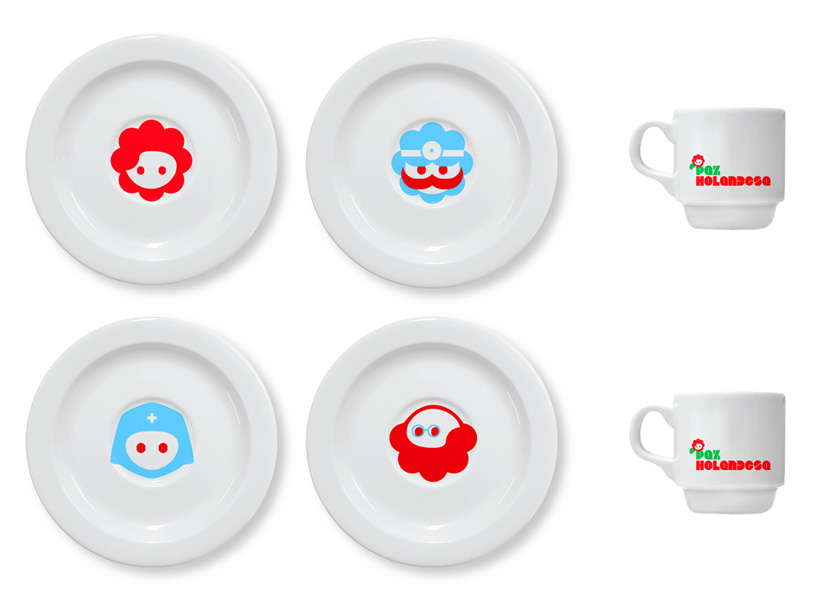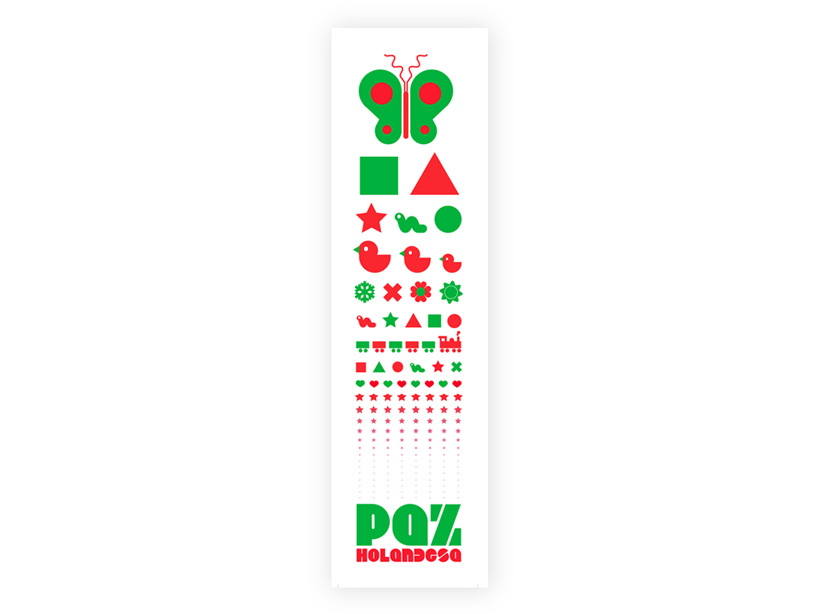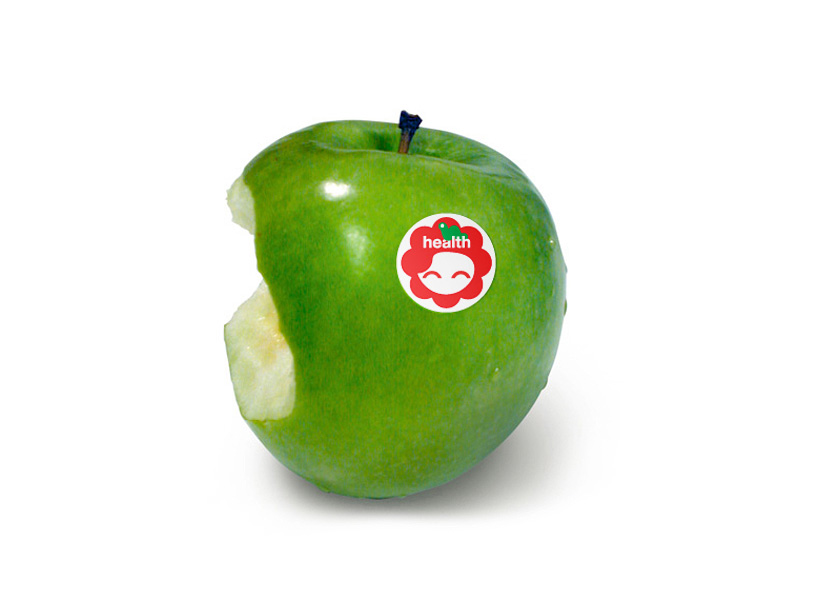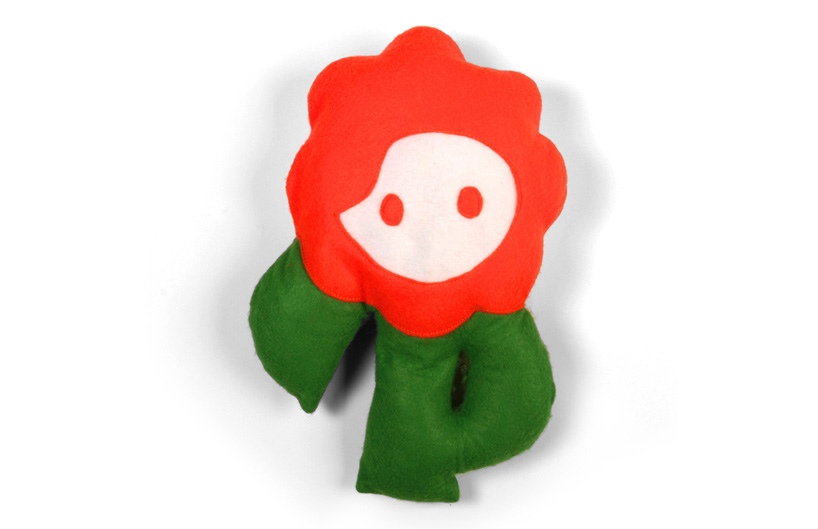One of these designs involved a brochure and logo for Colina del Sol. The logo reflects the brand's name - "Hill of the Sun" - while the curling waves refer to the Sea of Cortez, which lays beyond. Her entry signage plans to be made out of wrought steel.
The below design is for the Uncompahgre Riverway trail. Ferrell has added elements of nature into her design, for the border of the information board represents the bark and twigs of a tree. The shape is made up of unusual curves, which mimic the overhanging canopies of riverbank tree forms and the shape of the logo. Natural colours of brown and greens reinforce the woodland aspect of the trail. The height and width of the informational board is also very large, as can be seen when it is presented next to the silhouetted figures in the concept illustration. The map can therefore be viewed with more detail and the sign could be seen from a distance. The earthly colours might have meant that the sign could be lost amidst the trees and scenery, so the size of the board does help.
Other concepts:
I think that looking at these designs has helped me consider what would look good on a trail that is surrounded by nature. I like the idea of encorportating parts on nature into the design, so that the information board, or other graphical feature, better suits its surroundings. I have also taken note of how Ferrell produces the concept art for her designs and feel that this will help me later on in the project.
References:
